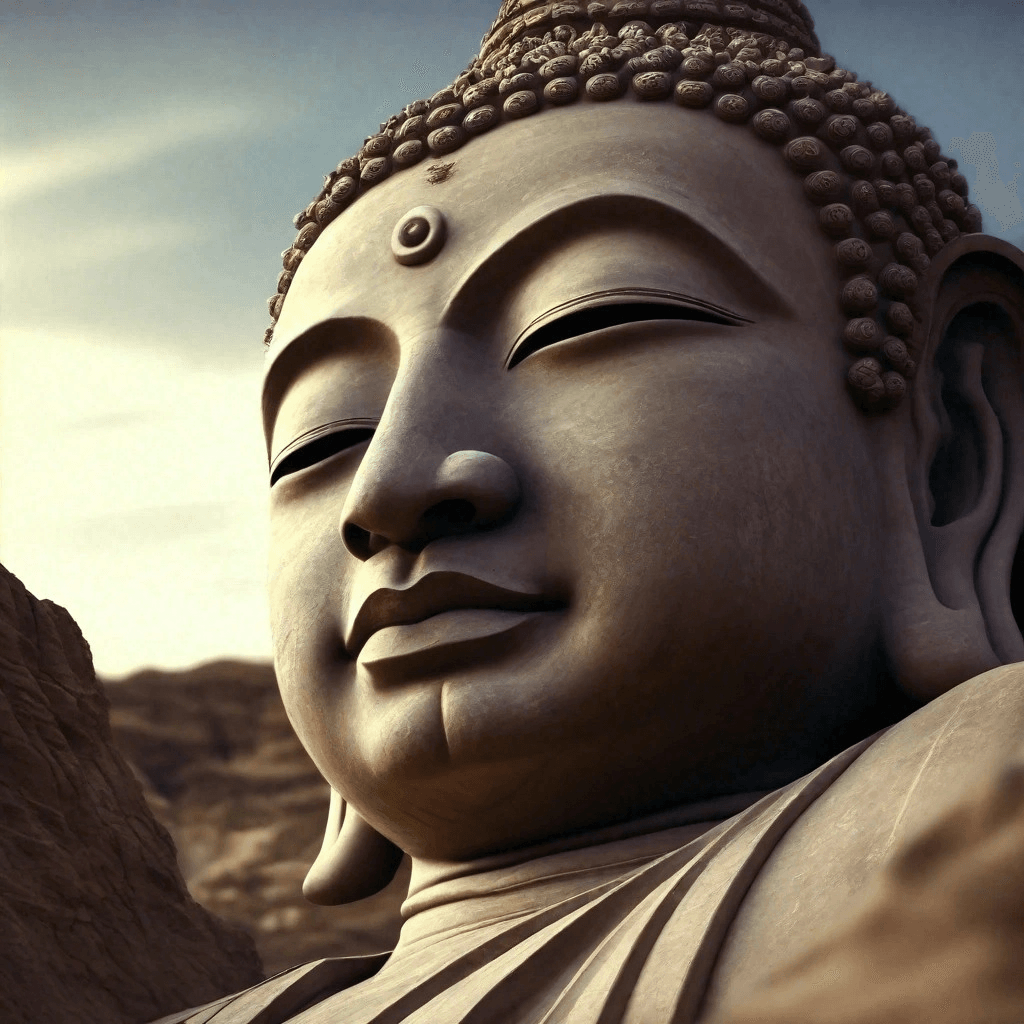
34.Breathing Techniques for Instant Calm: Harnessing the Power of Breath
Breathing Techniques for Instant Calm: Harnessing the Power of Breath
Breathing is a powerful tool that can help you achieve instant calm and manage stress effectively. By focusing on your breath, you can activate the body’s relaxation response, lower stress hormones, and promote a sense of well-being. Here are some effective breathing techniques to help you achieve instant calm.
1. Diaphragmatic Breathing (Deep Belly Breathing)
How to Do It:
1. Sit or lie down in a comfortable position.
2. Place one hand on your chest and the other on your belly.
3. Inhale deeply through your nose, allowing your belly to rise while keeping your chest still.
4. Exhale slowly through your mouth, letting your belly fall.
5. Repeat for 5-10 minutes, focusing on the rise and fall of your belly.
Benefits:
– Activates the parasympathetic nervous system, promoting relaxation.
– Reduces stress and anxiety.
– Improves oxygen flow to the body.
2. 4-7-8 Breathing
How to Do It:
1. Sit comfortably with your back straight.
2. Close your eyes and inhale quietly through your nose for a count of 4.
3. Hold your breath for a count of 7.
4. Exhale completely through your mouth for a count of 8, making a whooshing sound.
5. Repeat the cycle 4 times.
Benefits:
– Helps to quickly reduce stress and anxiety.
– Promotes relaxation and calmness.
– Can help improve sleep quality.
3. Alternate Nostril Breathing (Nadi Shodhana)
How to Do It:
1. Sit in a comfortable position with your spine straight.
2. Close your right nostril with your right thumb and inhale deeply through your left nostril.
3. Close your left nostril with your ring finger, release your right nostril, and exhale through it.
4. Inhale through your right nostril, close it, and exhale through your left nostril.
5. Continue this pattern for 5-10 minutes.
Benefits:
– Balances the left and right hemispheres of the brain.
– Reduces stress and promotes mental clarity.
– Enhances respiratory function.
4. Box Breathing (Square Breathing)
How to Do It:
1. Sit comfortably with your feet flat on the floor and your hands on your lap.
2. Inhale deeply through your nose for a count of 4.
3. Hold your breath for a count of 4.
4. Exhale slowly through your mouth for a count of 4.
5. Hold your breath for another count of 4.
6. Repeat the cycle for 5-10 minutes.
Benefits:
– Reduces stress and calms the nervous system.
– Improves focus and concentration.
– Promotes a sense of calm and relaxation.
5. Resonant or Coherent Breathing
How to Do It:
1. Sit or lie down comfortably.
2. Inhale slowly and deeply through your nose for a count of 5.
3. Exhale slowly and completely through your nose for a count of 5.
4. Continue this pattern for 5-10 minutes, focusing on your breath.
Benefits:
– Synchronizes your heart rate and respiration.
– Promotes a state of calm and balance.
– Reduces anxiety and improves overall well-being.
6. 3-Part Breathing (Dirga Pranayama)
How to Do It:
1. Sit or lie down in a comfortable position.
2. Place one hand on your belly and the other on your chest.
3. Inhale deeply into your belly, feeling it rise.
4. Continue to inhale into your rib cage, feeling it expand.
5. Finally, inhale into your upper chest, feeling it lift.
6. Exhale slowly in reverse order: first release the breath from your chest, then your rib cage, and finally your belly.
7. Repeat for 5-10 minutes.
Benefits:
– Enhances lung capacity and oxygenates the body.
– Promotes deep relaxation and stress relief.
– Improves focus and concentration.
7. Pursed Lip Breathing
How to Do It:
1. Sit or lie down comfortably.
2. Inhale deeply through your nose for a count of 2.
3. Pucker your lips as if you are going to whistle and exhale slowly through your lips for a count of 4.
4. Continue this pattern for 5-10 minutes.
Benefits:
– Helps to slow down breathing and improve ventilation.
– Reduces shortness of breath and promotes relaxation.
– Improves overall respiratory function.
Conclusion
Breathing techniques are simple yet powerful tools for achieving instant calm and managing stress. By incorporating these practices into your daily routine, you can enhance your overall well-being, reduce anxiety, and promote a sense of peace and relaxation. Whether you have a few minutes or longer, these techniques can be easily practiced anywhere, anytime, to help you find balance and tranquility in your life.



